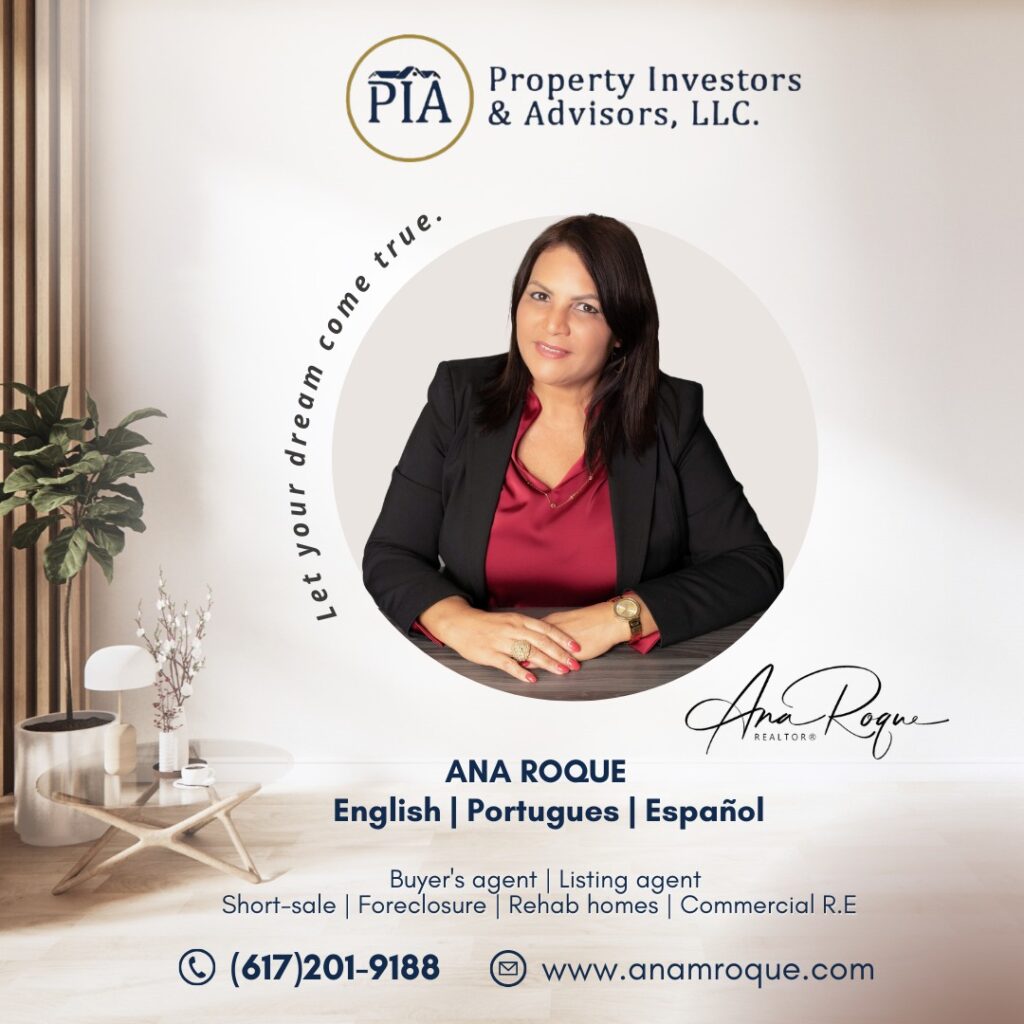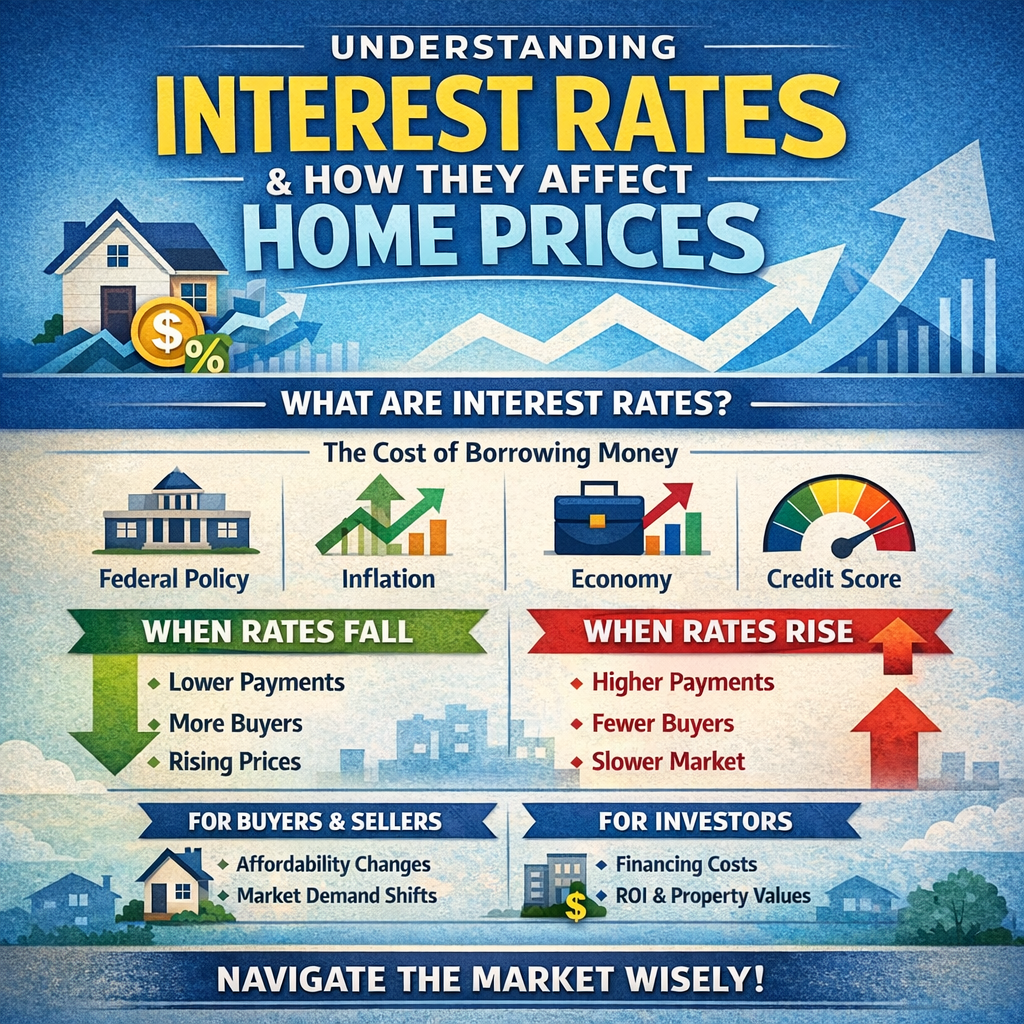Buying a house in a flood zone? Here’s what to know
Buying a house in a flood zone can be a significant decision, and it’s important to be well-informed before making this investment. Here are some key considerations:
1. Understand the Flood Zone Classification
- Flood Zone Designations: FEMA (Federal Emergency Management Agency) categorizes flood zones. The most common ones include:
- Zone X (unshaded): Areas of minimal flood risk.
- Zone X (shaded): Areas of moderate flood risk, typically with a 0.2% annual chance of flooding.
- Zone AE: High-risk areas with a 1% annual chance of flooding.
- Zone VE: Coastal areas with a 1% annual chance of flooding and additional hazards due to storm-induced waves.
- Check the property’s flood zone status by reviewing FEMA flood maps.
2. Flood Insurance
- Requirement: If your property is in a high-risk zone (e.g., Zone AE or VE) and you have a mortgage from a federally regulated or insured lender, flood insurance is mandatory.
- Cost: Flood insurance can be expensive in high-risk zones. The cost depends on factors like the flood zone, elevation of the home, and coverage amount.
- National Flood Insurance Program (NFIP): Most policies are issued through NFIP, but private insurance is also available.
3. Flood Risk Mitigation
- Elevation: Homes that are elevated above the base flood elevation (BFE) might have lower insurance premiums.
- Floodproofing: Consider floodproofing measures like installing sump pumps, raising electrical systems, or using flood-resistant materials.
4. Property Value and Resale
- Market Impact: Being in a flood zone may affect the property’s resale value and marketability, as potential buyers might be wary of the risks and insurance costs.
- Disclosure: Sellers are typically required to disclose if a property is in a flood zone and any history of flooding.
5. Community and Infrastructure
- Local Resources: Check if the community has flood control measures in place, such as levees, drainage systems, or seawalls.
- Emergency Plans: Ensure there are robust local emergency management plans and resources available in case of flooding.

6. Climate Change Considerations
- Rising Sea Levels: For coastal properties, consider the potential long-term impacts of rising sea levels and increased frequency of extreme weather events.
- Flood History: Research the property’s flood history and consider future projections for the area.
7. Financial Assistance
- Grants and Loans: Some areas offer grants, loans, or other assistance for flood mitigation projects. Check with local authorities or the FEMA website.
8. Due Diligence
- Home Inspection: Ensure a thorough inspection, specifically checking for previous water damage or mold.
- Elevation Certificate: Obtain an elevation certificate, which provides details on your property’s elevation relative to the BFE, which is critical for insurance rates and assessing flood risk.
9. Legal and Regulatory Considerations
- Building Regulations: Be aware of local zoning laws and building codes, which may have special requirements for construction or renovations in flood zones.
- Disclosure Obligations: Familiarize yourself with state and local disclosure requirements related to flood risks.
10. Long-Term Planning
- Resilience Planning: Consider the long-term sustainability of living in a flood zone, especially in areas prone to frequent flooding.
Buying a house in a flood zone requires careful consideration, planning, and an understanding of the risks involved. By taking these steps, you can make an informed decision and potentially mitigate some of the risks associated with flood zone properties.





